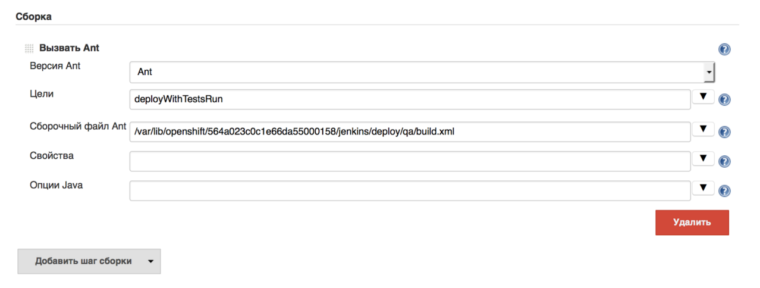



Every target has some name which we’ll use when calling these targets from command prompt. In the below example we have one retrieve target and one deploy target. So, user can run these targets one by one and complete the task in sequential manner as he/she wants. Build.xml : Here we provide the actions or we can say the operation that we want to perform ( either retrive or deploy or any other possible operation).# If your network requires an HTTP proxy, see for configuration. # Use '' for production or developer edition (the default if not specified). #sf.pkgName = Insert comma separated package names to be retrieved # Specify the login credentials for the desired Salesforce organization, and if you have IP restrictions then you have to append your security token with the password.
Ant migration tool undeployable changes code#
All the lines in the below code that starts with # are considered as comments. But while deploying those components to target org, we’ll have to changes these credentials info to target org’s credentials, so that in the next target that we run from command prompt to deploy the components, the build.xml file will use the target org’s credentials for deployment of components.This is the file that is referred in the next file which is build.xml.
Ant migration tool undeployable changes password#
Here in this file we have only enabled the username and password for source org as we will first retrieve the components from source org and build.xml file will use these credentials.

Thus you can make changes in those XML files locally and again deploy the changes to any server instance, any target org that you want. The main advantage of this tool is, that it gets the metadata in form of XML files from your server and downloads it locally on your computer.We can also migrate the metadata using Change sets but there are some extra features provided in this ANT migration tool: migration tool(based on JAVA), is used to deploy the Metadata from one organization to other organization or we can use it to retrieve the metadata from one organization and then make some changes locally and then deploy that metadata again to the same organization.


 0 kommentar(er)
0 kommentar(er)
